Planning the Kedarkantha trek?
You may have come across many videos related to Kedarkantha trek
But, before you pack your bags, no one will tell you about these few important things you must-know before going to trek
Here’s a sneak peak at what you must know before doing Kedarkantha trek
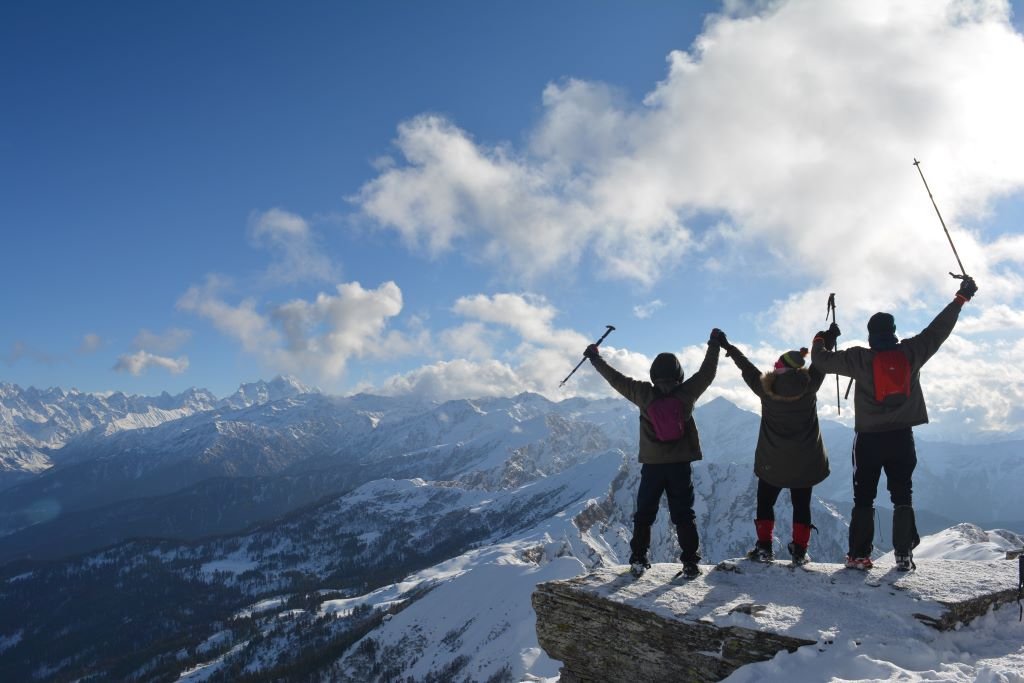
Jackets & Shoes – Your Trekking Armor
Though all the trek essentials are important and plays a significant role in the trek ….
the most expensive and crucial essential out of these are jacket and shoes
To begin with, a good insulated jacket is recommended –that is windproof and water-resistant. A jacket with an ability to trap body heat will keep you comfortable during your trek. Chilly winds and sudden snowfalls can drop temperature at kedarkantha to as low as -15°C during winters, and the winds on higher campsites can make it feel even colder. To keep yourself comfortable a jacket with a temperature rating of 0 to -15°C is recommended . If you are good on your budget you can go for the -15°C jacket or you can also take a -5°C or 0°C jacket, since you will be wearing at least three layers of warm clothes, which will make you warm during the nights . Now let us talk about shoes. Forget casual, sneakers or sports shoes; they won’t survive snow, or rocky trails. What you need is a sturdy pair of high-ankle trekking shoes. The high ankle design provides crucial support to your joints, especially while descending steep or uneven trails, reducing the risk of sprains.
pro -tip: shoes should not be tight from toes. A little bit of space is recommended.
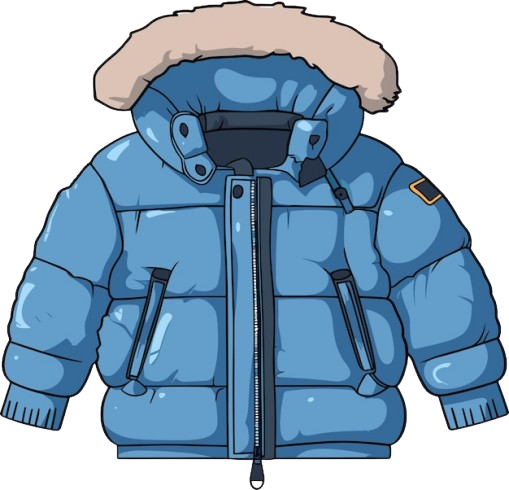
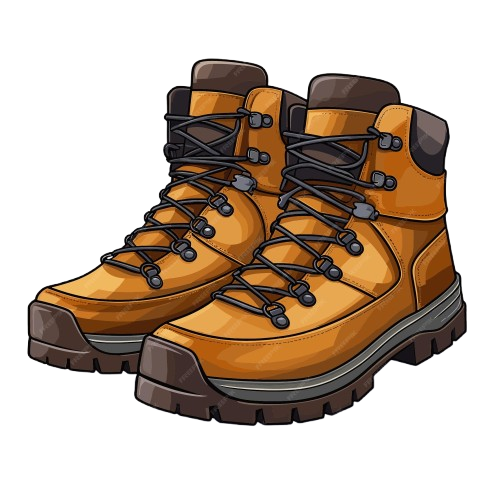
Spikes & Gaiters – Your Snow Allies
When trekking Kedarkantha in winter, you’ll almost walk on snow and ice. That’s where spikes and gaiters come in –.
Spikes are metal attachments that fit under your trekking shoes. They dig into hard snow and icy patches, giving you a grip where normal shoes would slip. On the summit push, when trails get steep and slippery, spikes make the difference between confidently climbing up or sliding back down.
Gaiters are protective covers that wrap around your shoes and lower legs. They act like a shield against snow, water, and small stones entering your shoes. Without gaiters, snow can easily get into your shoes, melt, and leave your socks wet and freezing – which is not just uncomfortable but dangerous in sub-zero conditions.
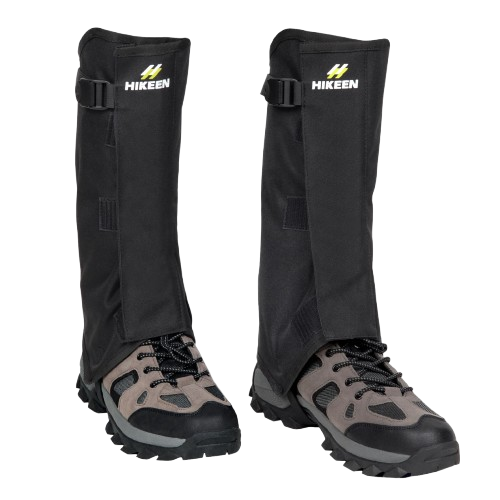
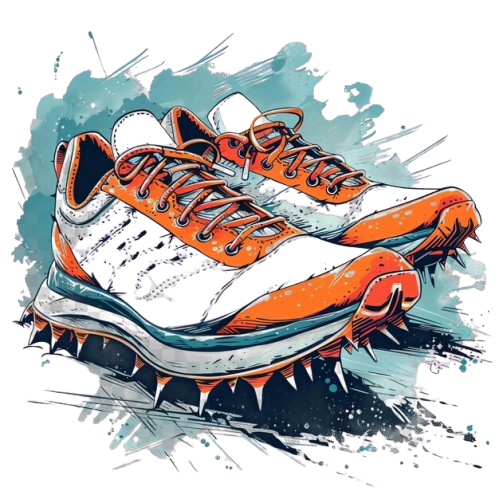
Network & Connectivity – Stay Prepared
The trek commences from Sankri. At this location, the only reliable network is Jio 5G, with reasonably good internet connectivity. Apart from this, only weak BSNL signals may be available. Once the trek begins, there is no mobile network coverage along the trail. At the summit, trekkers may occasionally receive weak Jio 5G signals.
For non-Jio users (Airtel, BSNL, and others), the last point with network availability is at Purola.
It is strongly recommended to make any necessary calls to your loved ones before starting the trek.
Nearby ATMs – Plan Your Cash
There is no atm at Sankri. The nearest atm that you will find is at Porula which is –kms aways though you may not require a huge amount of cash, but to carry some cash is recommended as on mountain you don’t want to relay on any other payments other than cash
Pro-Tip: Atm at Porula are not very reliable as they sometimes run out of cash. It is better to take out cash either from dehradun or home city.
Night Hike on Summit Day – The Real Adventure
One of the most thrilling parts of the Kedarkantha trek is the night hike to the summit. On the final day, trekkers usually wake up around 2:00–3:00 AM, gear up in the freezing cold, strap on their headlamps, and start climbing
The night hike isn’t easy. Temperatures can drop below -15°C, and the thin air at high altitude makes every step feel heavier. But with the help of spikes, gaiters, and trekking equipment, you move slowly and steadily towards the top.
This is the only winter trek whose summit starts at 2:00-2:30 am so that we can see the sunrise from the summit and it also helps in climbing the peak, no other winter trek starts at 2:00- 2:30 am.
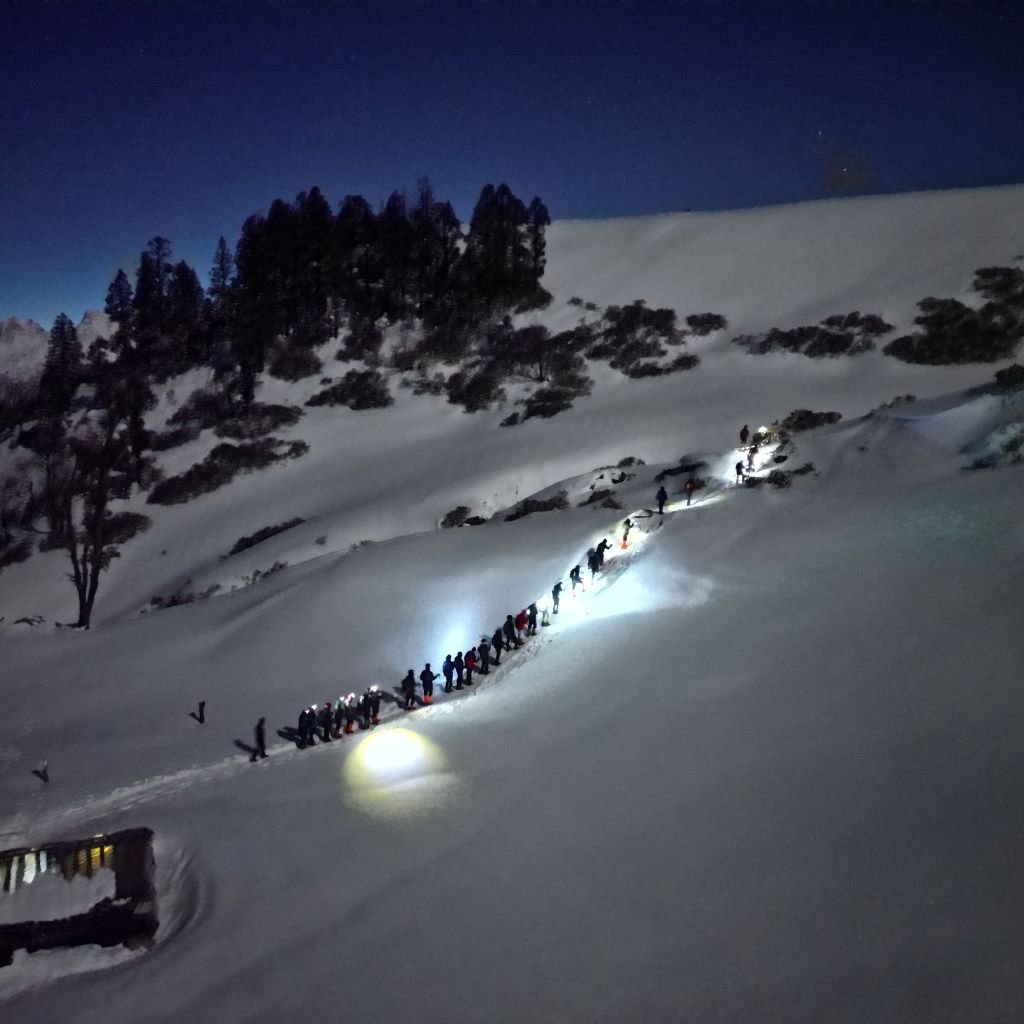
Harsh Weather Conditions
“One of the biggest challenges of Kedarkantha is not the distance, but the weather. The Himalayas are unpredictable — sunshine can turn into a snowstorm within hours.
In winter, temperatures can drop to -15°C or even lower at night. Strong winds at higher camps and the summit make it feel even colder. Snow often covers the trails, which means slippery climbs, frozen tents, and early-morning summit pushes in biting cold.
A clear blue sky in the morning doesn’t guarantee comfort in the evening — so every trekker must be mentally and physically prepared to face sudden shifts.
“A trek is very different from a casual hike or sightseeing trip. When you go on a trek like Kedarkantha, you’re dealing with high altitudes, unpredictable weather, and challenging terrains. Unlike city tours or short hikes, you can’t just show up with a backpack and hope for the best.
So, if Kedarkantha is on your bucket list, prepare well, trek safe, and get ready for one of the most stunning Himalayan adventures!
